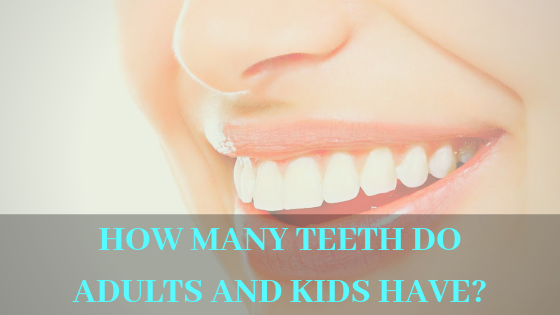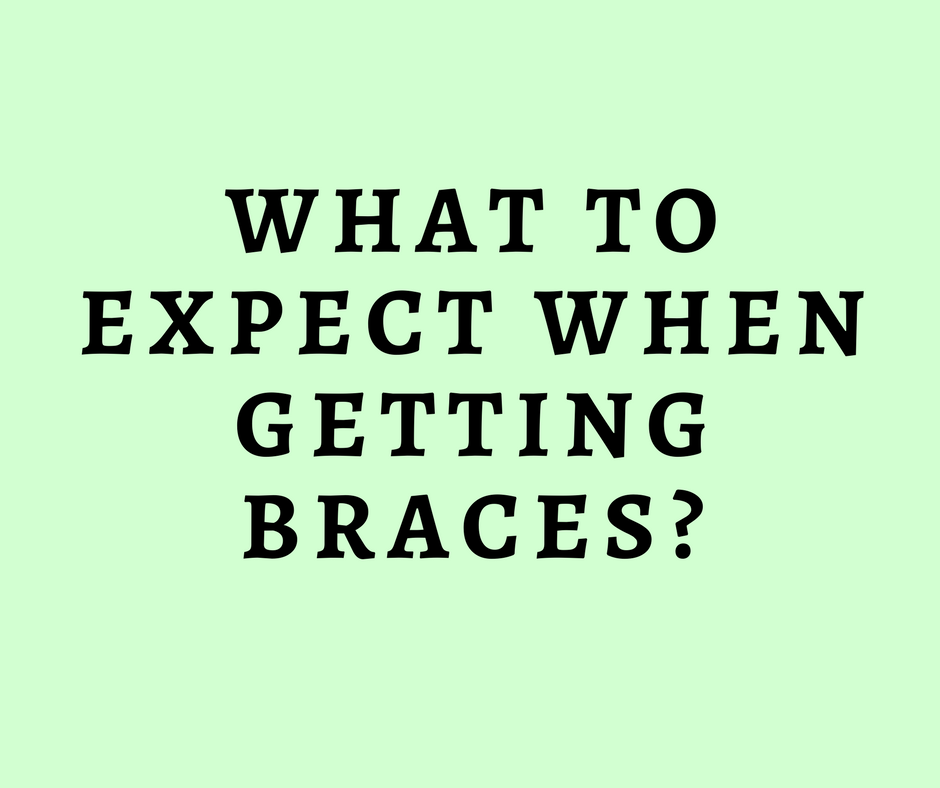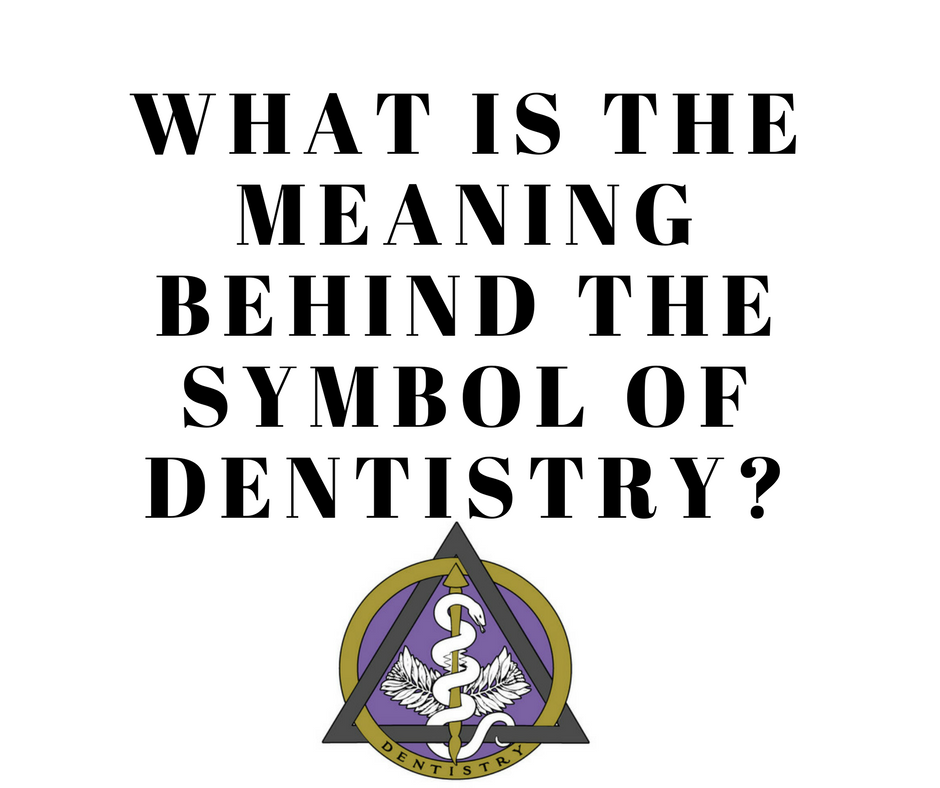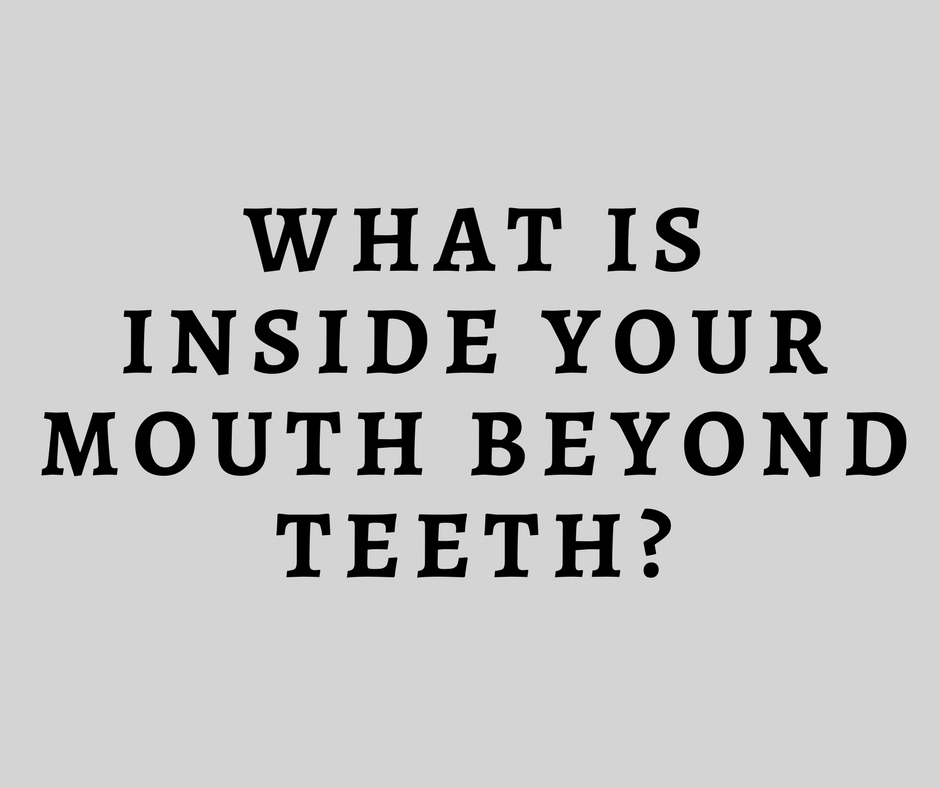
All you need to know about braces.

Dental braces are brackets that are applied on a patient’s teeth. All you should know about braces is it straightens or align the crooked teeth, corrects cross bites, under bite, deep bite, open bite so that a proper occlusion( when upper and lower teeth coincide or bite) is achieved that will help in proper mastication as well as maintain a healthy oral environment.
How to know if you need braces?
- If the patient’s molar (back) teeth of both the jaws do not fall together (malocclusion) and that creates difficulty in chewing food.
- A person whose teeth are not aligned properly therefore making the smile unpleasant.
- If both or one of the jaws that is either the maxilla(upper) or mandible(lower) is protruded(moved forward) or retruded( moved backwards) or both then orthognathic (jaw) surgery is done followed by orthodontic(braces) treatment.
- If the position of teeth causes other functional hindrance.
- Person’s who are very much conscious of their facial appearance.
Anybody who has any of these teeth issues definitely need braces.
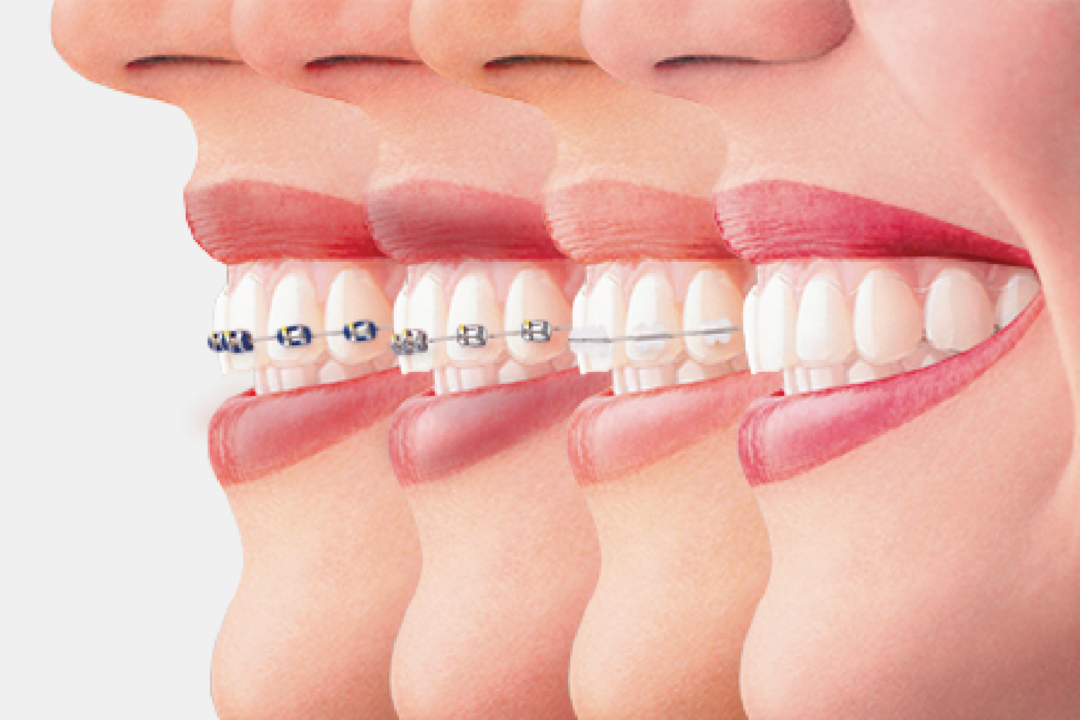
Types of braces available-
- Stainless steel or the metal braces – commonly used variety of braces because it is less expensive but are the most noticeable braces on teeth.
- Ceramic braces – these brackets are white or the tooth colored ones that less prominent unlike the metal braces. Sometimes the arch wires also used are of white color so as to maintain the esthetics. These are more expensive than the metal braces but the strength is same. Proper oral hygiene should be maintained as the white brackets catch off the stains easily.
- Lingual braces – these are the metal braces that are not visible when a person talks or smiles as it is placed lingualy (inner portion of the teeth). Oral hygiene is the prime concern if you put on these braces because it becomes difficult to clean the inner portions of teeth. It is expensive than ceramic and metal ones.
- Invisalign – it is a custom made aligner that is sort of a mouth guard made of clear plastic material. The main advantage is it almost invisible so, everybody (adults) can also go for this treatment. But there are a numerous cons which include most expensive treatment option, the aligners can be misplaced easily, not made for kids, not meant for severe dental problems and the treatment period takes a much longer time than usual.
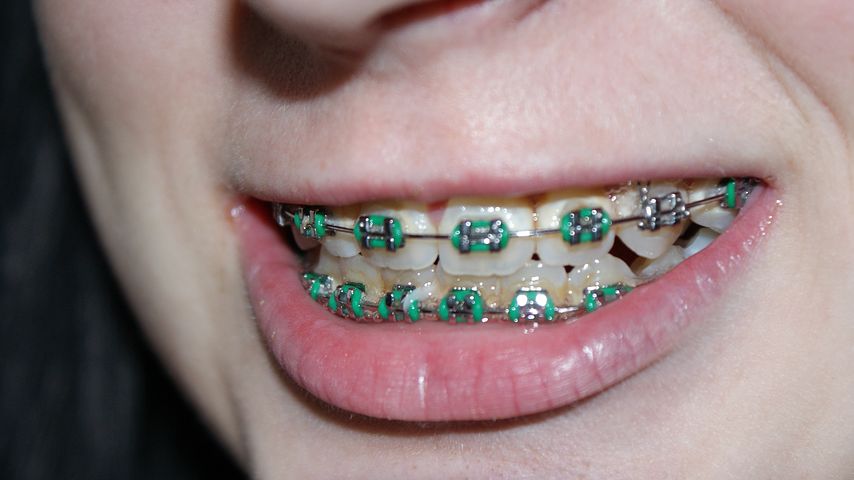
Taking care of oral hygiene while orthodontic treatment-
- It is very important to brush regularly with an orthodontic toothbrush (different from the normal toothbrush) at least twice a day to clean the inter dental areas.
- Regular use of mouth wash and through rinsing with water after every meal.
- Remove any food particles immediately after the meal.
- Do not allow plaque and calculus to accumulate, it might alter your treatment.
- With the braces on the teeth, do not bite anything hard or stiff fruits or food on the front teeth.
- Try chewing soft food on the molar region and not attempt biting.
- Avoid sugary, chewy and sticky foods as it might stick on the braces.
- Try avoiding beverages that will stain your brackets.
How long do you have to wear braces?
- The treatment plan is different for every individual as the case is not the same. So, considering the severity of the malocclusion or problem, the treatment duration varies roughly between 8 to 18 months. This is just an estimate although; the treatment might finish sooner or take longer time.
How often should you visit a dentist?
- You will have to visit the dentist a minimum of 3 times during the inception and then you can take an appointment for every month. The wire are to be adjusted and modules to be changed within every 4 to 6 weeks. You should also contact your dentist immediately if your bracket is broken or if you face any other difficulty.
What after the braces?
- After the treatment is over and the braces are removed, retainers are given to prevent immediate relapse (moving back to the original position) of the case. As our tooth movement continues, wearing a retainer will stabilize it. There are 2 types of retainer- fixed or removable retainers.
- Fixed retainers are placed on the lingual surface in upper and lower anterior teeth.
- Hawley’s retainer (removable) also usually used to stabilize the cases treated with metal braces.
- For invisalign cases, patient is provided with essix retainers.

